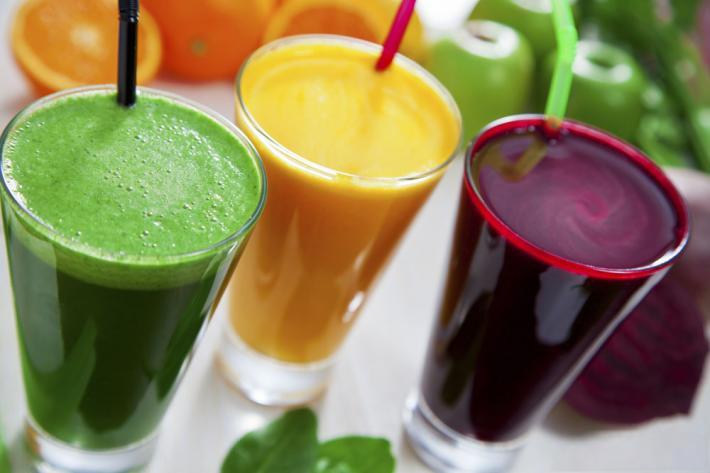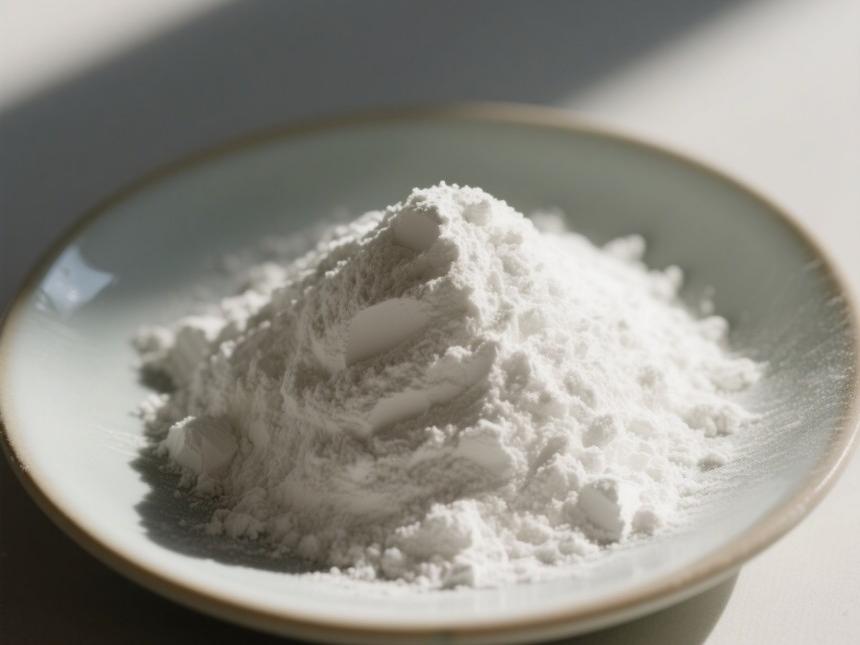What Is the Use of Immobilized Papain?
Papaya (Carica papaya), also known as wood apple, longevity fruit, or milk fruit, is a perennial small tree belonging to the Caricaceae family and Carica genus. It has a significant cultivation area in the southern regions of China [1]. According to statistics from the Papaya Innovation Team at the Subtropical Crops Research Institute of the Guangxi Zhuang Autonomous Region, the cultivation area of papaya in Guangxi is approximately 4,000 hectares, accounting for about 60% of the national cultivation area.
Papain (EC: 3.4.22.2) is a class of thiol-containing proteolytic enzymes derived from the tropical fruit papaya, widely present in the roots, stems, and leaves of papaya trees [2], and particularly abundant in the fresh latex of unripe fruits [3]. Papain is a single polypeptide chain endopeptidase composed of 212 amino acids, with the cysteine residue at position 25 and the histidine residue at position 158 located at its active center [4]. Papain exhibits high thermal stability, a wide pH tolerance range, and low substrate specificity, making it a common biological catalyst used in meat tenderization, silk degumming, and improving feed quality, among other applications. The papain enzyme industry in China is still in its infancy, yet there is a significant market demand, indicating substantial development potential and strong growth momentum, warranting further research.
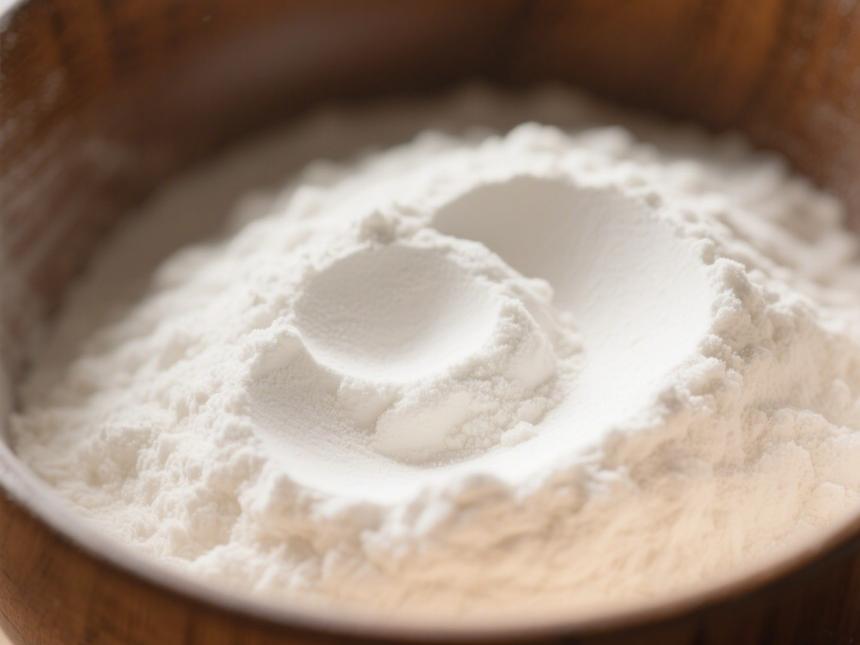
Due to the protein nature of enzymes, they often lose their catalytic activity and become inactive after short-term or single-use applications, rendering them unsuitable for reuse. By immobilizing enzymes onto specific carriers using appropriate methods, enzyme stability can be enhanced, storage life extended, separation and recovery facilitated, utilization rates improved, and reaction times shortened, thereby reducing production costs. Through immobilization, the enzymatic properties of papain can also be significantly enhanced. This paper reviews the application of immobilized papain in various industries, aiming to provide some references for the development and application of immobilized papain.
1 Introduction to methods for immobilizing papain
Through years of exploration and practice, researchers have summarized numerous effective enzyme immobilization methods, including traditional methods such as embedding, adsorption, cross-linking, and conjugation, as well as novel methods such as membrane immobilization [5], microwave-assisted immobilization [6], and carrier-free immobilization [7]. Among these, the adsorption method, embedding method, and carrier cross-linking method are commonly used for the immobilization of papain [8]. Li Lin [9] utilized modified bamboo materials as carriers and employed both adsorption and covalent bonding methods to immobilize papain, resulting in immobilized papain with improved operational stability, enhanced storage stability, alkaline tolerance, and high-temperature resistance.
Baidamshina et al. [10] immobilized papain onto medium-molecular-weight (200 kDa) and high-molecular-weight (350 kDa) chitosan matrices, and the immobilized papain exhibited higher thermal stability and longer half-lives. Wei Meiping et al. [11] immobilized papain onto magnetic particles using metal chelation. The immobilized papain effectively degraded black ant protein. Compared to free enzymes, the immobilized enzymes exhibited advantages such as ease of regeneration and stable enzyme activity after regeneration. These results indicate that the thermal stability, alkaline resistance, and other enzymatic properties of immobilized papain can be further optimized and improved, making it more suitable for various applications.
2 Applications of Immobilized Papain
2.1 Applications of Immobilized Papain in the Food Industry
Burdock is a traditional Chinese medicinal and edible plant with high nutritional value. The burdock polysaccharides it contains possess antioxidant, anticoagulant, and blood sugar-lowering properties, among other biological activities, making them highly valuable for both food and health purposes. By using chitosan as a carrier and processing papain under appropriate conditions, immobilized papain can be obtained. Using this immobilized papain to extract burdock polysaccharides (extraction parameters: pH 6.5, time 8 h, solid-liquid ratio 1:20, enzyme dosage 1.8 g/g), an extraction rate of 11.04% was achieved, and the immobilized enzyme retained over 50% of its enzymatic activity after five repeated uses. This study has established an effective method for the extraction of burdock polysaccharides and provides a reference for the extraction of bioactive components from other medicinal and edible plants [12].
Juices, beer, and other beverages may exhibit cold haze (Chill haze) during low-temperature storage or prolonged storage, which affects product quality. As early as the 1990s, Chinese researchers began studying the application of immobilized enzymes to address cold haze issues in beverages. Xu Fengcai et al. [13] used nylon-immobilized papain to treat beer. After treatment with immobilized papain, the turbidity of the beer decreased by 2–11 times, and the protein content decreased by 55% compared to untreated beer. Additionally, the beer retained its original flavor, extended its low-temperature storage time, and the chill haze phenomenon was significantly improved. In addition to using nylon as a carrier, beer can also be treated with chitin-immobilized papain. Jiang Yongming et al. [14] used chitin as a carrier and glutaraldehyde as a cross-linking agent to prepare immobilized papain for beer clarification experiments. The experimental results showed that beer treated with chitin-immobilized papain prepared under optimal conditions had a protein concentration reduced from 56.5 mg/L to 2.7 mg/L, with significant clarification effects, which is beneficial for improving beer quality and commercial value.
Chitosan-immobilized papain can also be applied to fruit juice clarification. Yava§er[15] utilized N,N-methylenebis(acrylamide) cross-linked methyl acrylate 2-hydroxyethyl ester and glutaraldehyde cross-linked frozen gelatinized chitosan to immobilize papain, and used the immobilized papain for apple juice clarification. Under reaction conditions of pH 4.08, the clarification rate of immobilized papain reached 31.4%, while that of free papain was only 14.7%, significantly lower than that of immobilized enzyme. which was close to the clarification rate achieved using only freeze-gelatinized chitosan (12.5%).
Leila et al. [16] conducted research on the immobilization of papain using magnetic nanoparticles, and used free papain and immobilized papain to treat pomegranate juice. At 50°C, the turbidity of pomegranate juice treated with free papain and immobilized papain at day 14 was 44.2 and 44.7, respectively, significantly lower than that of untreated pomegranate juice (92.7). Among these, immobilized papain retained approximately 40% of its enzymatic activity after 10 reuses and maintained nearly 80% of its enzymatic activity after 20 days of storage, significantly higher than that of free papain. In an environment where food safety concerns are increasingly prioritized, papain derived from fruits aligns well with the safety requirements of the food industry, making it advantageous for widespread application in this sector. After immobilization, papain exhibits enhanced thermal stability, alkaline tolerance, and regenerative properties, making it increasingly favored for further expanding its application scope in the food industry.
2.2 Applications of Immobilized Papain in the Pharmaceutical Industry
The application of immobilized papain in the pharmaceutical industry has also achieved notable progress. Cat's claw is the dried rhizome of the plant Smilax glabra, a common traditional Chinese medicine. Its polysaccharides possess rich biological activities, such as anti-inflammatory, anti-tumor, antioxidant, and immune-modulating effects [17-19], demonstrating significant medicinal and health benefits. Liao Qiyuan et al. [20] used immobilized papain to remove proteins from crude polysaccharides of cat's claw under optimal conditions: 12% immobilized enzyme, 60°C enzyme hydrolysis temperature, 2 hours enzyme hydrolysis time, and pH 6.0. with a polysaccharide retention rate of 73.2% and a protein removal rate of 71.3%, effectively reducing the interference of proteins on the action of cat's claw polysaccharides. This study also provides a reference method for the extraction and purification of active components from traditional Chinese herbs in the future.
Immobilized papain has a certain effect on wound treatment [21]. Vasconcelos et al. [22] immobilized papain onto peroxybacterial cellulose (OxBC) membranes. The OxBC-immobilized papain extended the membrane's action time on simulated inflamed skin, This property enhances the OxBC membrane's efficacy in removing pus and necrotic tissue from chronic skin wounds, offering a new possibility for future medical bio-dressings.

Antigen-binding fragments (Fab) can serve as antibody drugs for treating certain specific diseases. and several Fab-based antibody drugs have been approved by the U.S. Food and Drug Administration (FDA) [23]. Armutcu et al. [24] utilized a frozen gel-immobilized papain bioreactor to digest human immunoglobulin G (IgG) antibodies and conducted qualitative analysis of the digestion products. The experimental results showed that the digestion rate of IgG reached 80.6%, with the Fab fragment accounting for 37.84%, making it the most abundant fragment in the digestion products. This study demonstrates that immobilized papain can effectively obtain therapeutic Fab fragments through the digestion of immunoglobulins. In addition to the above studies, numerous reports have indicated that immobilized papain has achieved significant therapeutic outcomes in clinical applications, which holds important implications for further research on papain in the pharmaceutical industry.
Biopharmaceuticals, characterized by abundant resources, interdisciplinary nature, and low costs, have experienced rapid development and are currently one of the research hotspots. Papain, as a plant-derived natural product, has already demonstrated certain utilization value in this industry. After immobilization, its performance is enhanced, which facilitates further exploration of its additional functions and application pathways, aiming to achieve more breakthrough results in biopharmaceuticals and clinical medicine.
2.3 Applications of Immobilized Papain in Other Industries
2.3.1 Bioactive Peptide Preparation
Bioactive peptides generally refer to peptides composed of amino acids with different compositions and arrangements, having a molecular weight of less than 6000 D, and exhibiting high biological activity and biocompatibility [25-28]. They also possess functions such as antibacterial, anti-fatigue, and immune regulation [29], playing an important role in daily health maintenance and clinical research. Soy peptides are short peptides produced by the hydrolysis of soy protein, exhibiting physiological functions such as blood pressure reduction, cholesterol reduction, and antioxidant activity [30].
Cao Yuhua et al. [31] used chitosan as a carrier and cross-linked papain with glutaraldehyde to immobilize it. Under hydrolysis conditions of 55°C, pH 7.8, substrate concentration of 2.0–3.0 mg/mL, and a flow rate of 0.2 mL/min, they successfully prepared soybean peptides. with a hydrolysis degree of 42.6% and soybean peptide content of 1.453 mg/mL in the enzymatic hydrolysate. Antioxidant peptides possess functions such as inhibiting the formation of reactive oxygen species, scavenging free radicals, and decomposing peroxides [32], making them natural antioxidants with high safety.
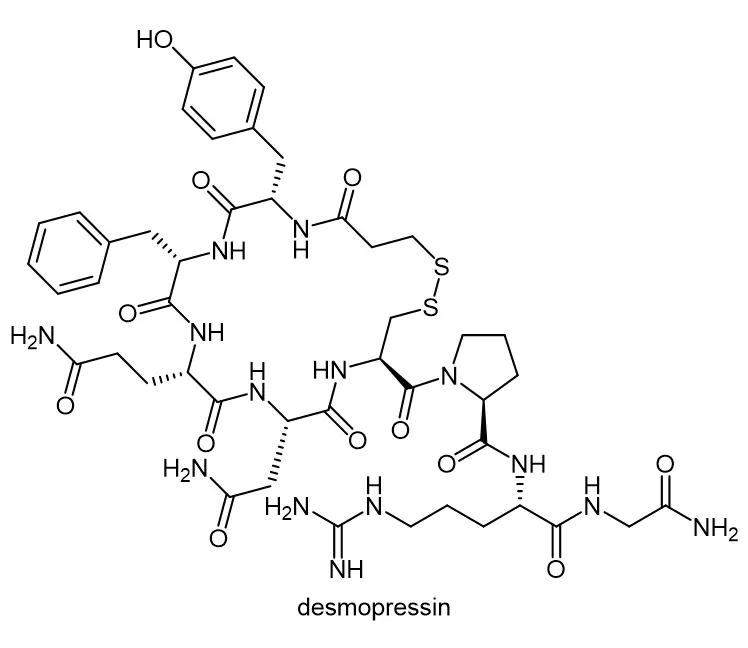
Yang Juxing [33] utilized self-prepared mesoporous material L-MCM-41 as a carrier to immobilize papain and hydrolyzed scallop protein to prepare antioxidant scallop peptides. Experimental results showed that the scallop peptides obtained after hydrolysis by the immobilized enzyme exhibited high antioxidant activity, significantly higher than that of the non-immobilized enzyme. The maximum reducing power of scallop peptides obtained through enzyme hydrolysis using immobilized enzymes was approximately twice that of free enzymes, and the enzymatic hydrolysis time was significantly reduced. Diao Wenjin et al. [34] used super-large pore poly(methyl methacrylate) as a carrier to immobilize papain for the catalytic hydrolysis of yeast protein to produce yeast antioxidant peptides. Under the catalysis of immobilized papain, the highest antioxidant activity of the hydrolyzed products reached 81.2 mol TE/g, far exceeding that of vegetables and fruits. Additionally, after 20 repeated uses, the immobilized papain retained 35% of its initial enzyme activity.
2.3.2 Textile Industry
Papain can be used in textile processes such as silk degumming, leather softening, and wool wrinkle prevention [35-36]. and its advantages can be further enhanced after immobilization. Xue et al. [37] chemically modified papain with 1,2,4-benzenetricarboxylic anhydride and tetrakis(2-hydroxyethyl)benzoate, then immobilized it onto activated cotton fabric. The immobilized modified enzyme exhibited significantly improved thermal stability, alkali resistance, and wash resistance. When the detergent concentration was 20 mg/ml, the activity of the immobilized tetramethyl phthalate papain retained approximately 40% of its original activity, while the natural papain was almost completely inhibited. This study demonstrates the potential application value of immobilized modified papain on cotton fabrics in the field of functional textiles.
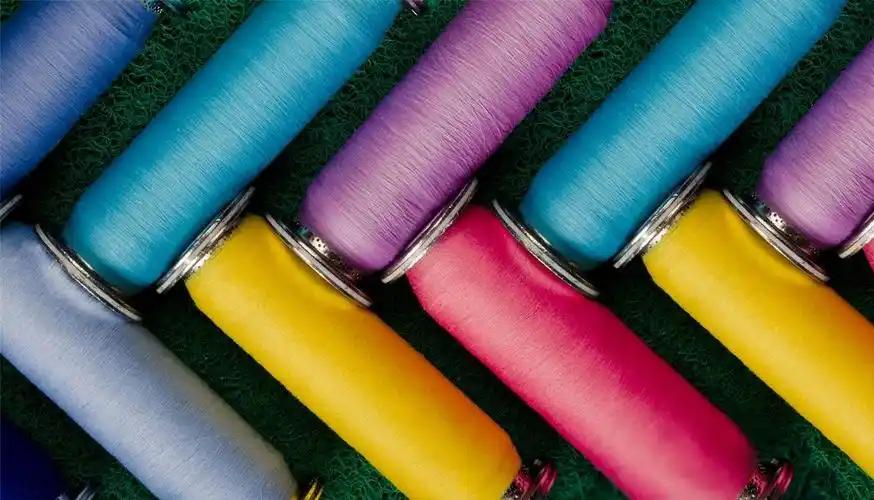
2.3.3 Chemical Industry
Adding enzymes or enzyme preparations to detergents can also serve as catalysts. Enzymes decompose certain organic stains into smaller molecules, enhancing their water solubility and facilitating their removal. Proteases were the first enzymes applied in detergents [38]. Sangeetha et al. [39] immobilized papain modified with phthalic acid onto corn starch gel, achieving a fixation rate of 98%, significantly higher than other carriers such as kaolin. The retained enzyme activity of the modified papain after fixation was approximately 78%, while its thermal stability and optimal pH value were also improved.
When added to laundry detergent, the immobilized enzyme exhibited higher enzyme activity compared to free papain. These experimental results demonstrate the potential of modified papain for application in household laundry detergents. With the increasing awareness of environmental protection, the requirements for the chemical industry have also risen. Papain is a plant-derived enzyme that does not cause environmental pollution, making it an environmentally friendly catalyst. After immobilization, it can be reused, further reducing waste disposal, which aligns with the concept of green development and also facilitates its development and application in the chemical industry.
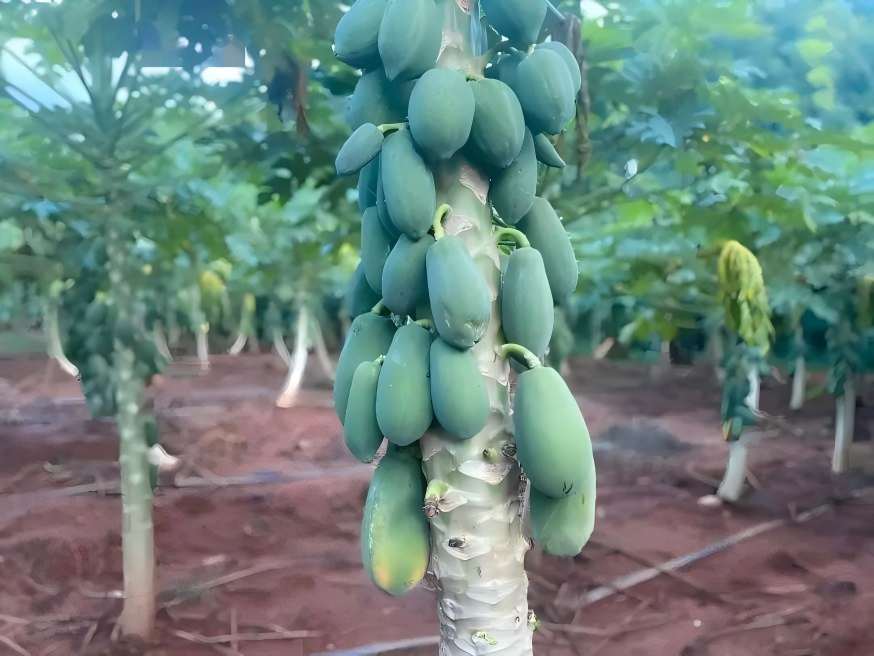
3 Outlook
Papaya is widely cultivated in China, and papain has a long history of use with a broad application range, offering significant development potential. Compared to free papain, immobilized papain exhibits a wider pH tolerance range and higher thermal stability, and can be reused, effectively reducing usage costs, improving production efficiency, and enhancing the market value of papaya.
Based on these characteristics, immobilized papain has achieved certain results in various fields. However, the current research on papain and its immobilization is still at an early stage, and the ability to achieve industrial application remains limited. The current achievements are insufficient to meet the rapidly growing industrial demands in China. This also indicates that there is significant room for development and production value in papain and its immobilization. Therefore, it is urgent for relevant researchers to develop more utilization methods, such as innovative immobilization techniques, the breeding of enzyme-specific strains, enzyme biosynthesis, and enzyme separation and purification, to fully and efficiently harness the potential of papain, enhance the value-added of papaya, expand the utilization pathways of papaya resources, further promote the growth of the papaya industry, and accelerate the modernization of China's subtropical specialty agriculture.
References
[1] Chen Yan, Zheng Jian, Chen Shimo, et al. Major morphological characteristics and principal component analysis, cluster analysis of 10 papaya germplasm resources [J]. Chinese Southern Fruit Trees, 2021, 50(4): 69-74.
[2] Wan Jing. Study on the extraction process of papain from papaya [D]. Haikou: Hainan University, 2010.
[3] Zhao Dianbo, Chen Qian, Zhang Liyao. Progress in the extraction and application of papain [J]. Meat Research, 2010(11): 19-23.
[4] Shen Jiabao. Introduction to Papain [J]. Subtropical Plant Communications, 1984(2): 51-56, 50.
[5] Liu Ru, Jiao Chengjin, Yang Lingjuan, et al. Advances in Enzyme Immobilization Research [J]. Journal of Food Safety and Quality Inspection, 2021, 12(5): 1861-1869.
[6] Huang He. Study on the Microwave-Assisted Immobilization of Lipase for the Catalytic Synthesis of Palmitic Acid Isooctyl Ester [D]. Changchun: Jilin University, 2020.
[7] Ke Caixia, Fan Yanli, Su Feng, et al. Recent Advances in Enzyme Immobilization Technology [J]. Journal of Bioengineering, 2018, 34(2): 188-203.
[8] Deng Jing, Wu Huachang, Zhou Jian. Research progress on papain [J]. Guangxi Light Industry, 2003(3): 5-7.
[9] Li Lin. Preparation and properties of enzymes immobilized on bamboo cellulose carriers [D]. Suzhou: Suzhou University of Science and Technology, 2014.
[10] Baidamshina D R, Koroleva V A, Olshannikova S S, et al. Biochemical properties and anti-biofilm activity of chitosan-immobilized papain [J]. Marine Drugs, 2021, 19(4): 197.
[11] Wei Meiping, Pang Yufeng, Chen Zhengyi, et al. Preparation of magnetic, regenerable immobilized enzymes and their application in microwave-assisted proteolysis [J]. Journal of Guilin University of Technology, 2014, 34(4): 748-754.
[12] Gao Mingxia, Miao Jingzhi, Cao Zhehong, et al. Study on the extraction of burdock polysaccharides using chitin-immobilized papain [J]. Food Science, 2007(9): 226-229.
[13] Xu Fengcai, Li Mingqi. Study on nylon-immobilized papain and its applications [J]. Journal of Biochemistry, 1992(3): 302-306.
[14] Jiang Yongming, Sui Dexin, Zhao Guojun, et al. Study on Chitosan-Immobilized Papain [J]. Journal of Biochemistry, 1993(4): 470-474.
[15] Yaver R, Karagzler AA. Covalent Immobilization of Papain onto Poly(hydroxyethyl Methacrylate)-Chitosan Cryogels for Apple Juice Clarification. Food Science and Technology International, 2020, 26(7): 629-641.
[16]Mosafa L, Moghadam M, Shahedi M. Papain enzyme supported on magnetic nanoparticles: preparation, characterization and application in fruit juice clarification [J]. Chinese Journal of Catalysis, 2013, 34(10): 1897-1904.
[17] Zhu Hui. Experimental study on the anti-inflammatory mechanism of Polygonum cuspidatum polysaccharides [J]. Science and Technology Wind, 2021 (13): 173-175.
[18] Wang Aiwu, Wang Mei, Yuan Jiurong, et al. Study on the in vitro antitumor activity of Polygonum cuspidatum extract [J]. Natural Products Research and Development, 2004(6): 529-531.
[19] Lv Xiaohua, Wang Huimin, Han Hongxia, et al. Study on the immunoregulatory and antioxidant activities of cat's claw polysaccharides [J]. Chinese Journal of Traditional and Western Medicine, 2010, 35(14): 1862-1865.
[20] Liao Qiyuan, Jing Jia, Wang Xiaoge, et al. Study on the protein removal process of crude polysaccharides from cat's claw grass [J]. Journal of Huaihua University, 2018, 37(11): 9-13.
[21]Moreira FR NF, Vasconcelos NF, Andrade FK, et al. Papain immobilized on alginate membrane for wound dressing application [J]. Colloids and Surfaces B: Biointerfaces, 2020 (194): 111222.
[22]Vasconcelos N F, Cunha A P, Ricardo N M P S, et al. Papain immobilization on hetero-functional membrane bacterial cellulose as a potential strategy for the debridement of skin wounds [J]. International Journal of Biological Macromolecules, 2020 (165): 3065-3077.
[23] Su Erzhen, Li Mingliang, Wei Dongzhi. In situ immobilization and physicochemical properties of papain [J]. Journal of Nanjing Forestry University (Natural Science Edition), 2014, 38(6): 99-104.
[24]Armutcu C, Orman M E, Bayram E, et al. Purification of Fab and Fc-binding papain immobilized in a cryogel bioreactor separator system [J]. Journal of Chromatography B: Analytical Technologies in the Biomedical and Life Sciences, 2020(1158): 122396.
[25] Yang Chuang. Application of bioactive peptides in nutritional health [J]. Food Science, 2003(12): 153-154.
[26] Zhang Shouwen. Encyclopedia of Chinese Bakery Foods: Raw Materials and Food Additives [M]. Beijing: China Light Industry Press, 2007.
[27] Zhao Xuan, Fu Rong, Qiang Haiyan, et al. Research Progress on Bioactive Peptides [J]. Guangdong Sericulture, 2020, 54(3): 29-30.
[28] Hao Xiaoli, Ji Rimu, He Jing. Research Progress on the Oral Delivery of Bioactive Peptides Using Nanocarriers [J]. Food Science, 2021, 42(11): 341-348.
[29] Dilshat Y, Parida H, Nurmuhammat A, et al. Effects of soybean peptide on immune function, brain function, and neurochemistry in healthy volunteers [J]. Nutrition, 2012, 28(2): 154-159.
[30] Zhang Xiaomei. Separation and Purification of Hypotensive and Hypocholesterolemic Soy Peptides [D]. Wuxi: Jiangnan University, 2006.
[31] Cao Yuhua, Wang Haifeng, Yang Huiping, et al. Study on the Preparation of Soy Peptides Using Immobilized Papain [J]. Chinese Journal of Grain and Oil, 2009, 24(3): 113-116.
[32] Peng Lele, Mu Taihua, Zhang Miao. Progress in the Application of Physical Fields in the Study of Antioxidant Peptides from Food Sources [J]. Food Science and Technology, 2021, 46(8): 59-65.
[33] Yang Jiu-Xing. Preparation of antioxidant active peptides from scallops using mesoporous materials immobilized papain [D]. Harbin: Harbin Institute of Technology, 2014.
[34] Diao Wenjin, Zhang Songping, Wang Ping, et al. Preparation of yeast antioxidant peptides using super-large pore microspheres immobilized with papain [J]. Chemical Engineering, 2013, 41(11): 1-4, 13.
[35] Deng Yimin, Zhang Gaojun, Jing Lingxiao, et al. Study on the conditions for degumming papain from silk fibers [J]. Silk, 2009(8): 20-22, 28.
[36] Shen Yue. Review of papain research and application [J]. Science and Technology Information (Science Education), 2008(11): 313-314.
[37] Xue Y, Nie H L, Zhu L M, et al. Immobilization of modified papain with anhydride groups on activated cotton fabric [J]. Applied Biochemistry and Biotechnology, 2010, 160(1): 109-121.
[38] He Chunliang, Yu Wen. Application of ultra-stable protease in laundry detergent [J]. China Detergent Industry, 2005(1): 57-60.
[39]Sangeetha K, Emilia A T. Chemical modification of papain for use in alkaline medium [J]. Journal of Molecular Catalysis B: Enzymatic, 2006, 38(3-6): 171-177.
-
Prev
How to Immobilize Papain Powder?
-
Next
Natural Ingredient D Mannose Powder: A Scientifically Proven Solution for Urinary Health


 English
English French
French Spanish
Spanish Russian
Russian Korean
Korean Japanese
Japanese